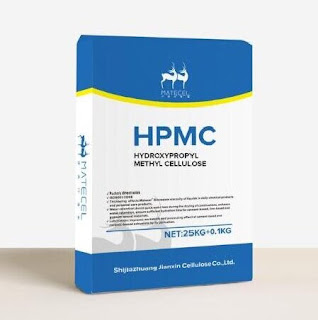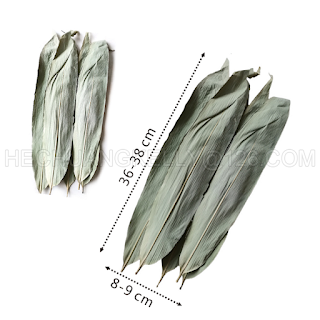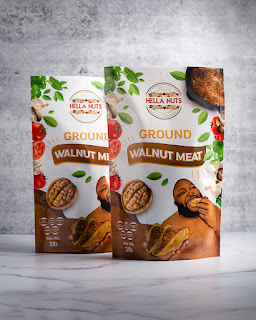Data Center Cooling System Precision Air Cooling
In the realm of data management, the efficacy of cooling systems can significantly impact performance and longevity. Precision air cooling systems have emerged as a beacon of efficiency, offering precise temperature control to safeguard the delicate balance within data centers. This article delves into the intricacies of data center cooling system precision air cooling, exploring its functionality, benefits, and best practices for implementation. Data center cooling system precision air cooling represents a sophisticated approach to temperature management within data facilities. By leveraging advanced technologies and precise monitoring mechanisms, these systems ensure that server rooms maintain an optimal temperature range, mitigating the risk of overheating and equipment failure. The Science Behind Precision Air Cooling Precision air cooling relies on a combination of strategic airflow management and temperature regulation techniques to maintain ideal conditio...



